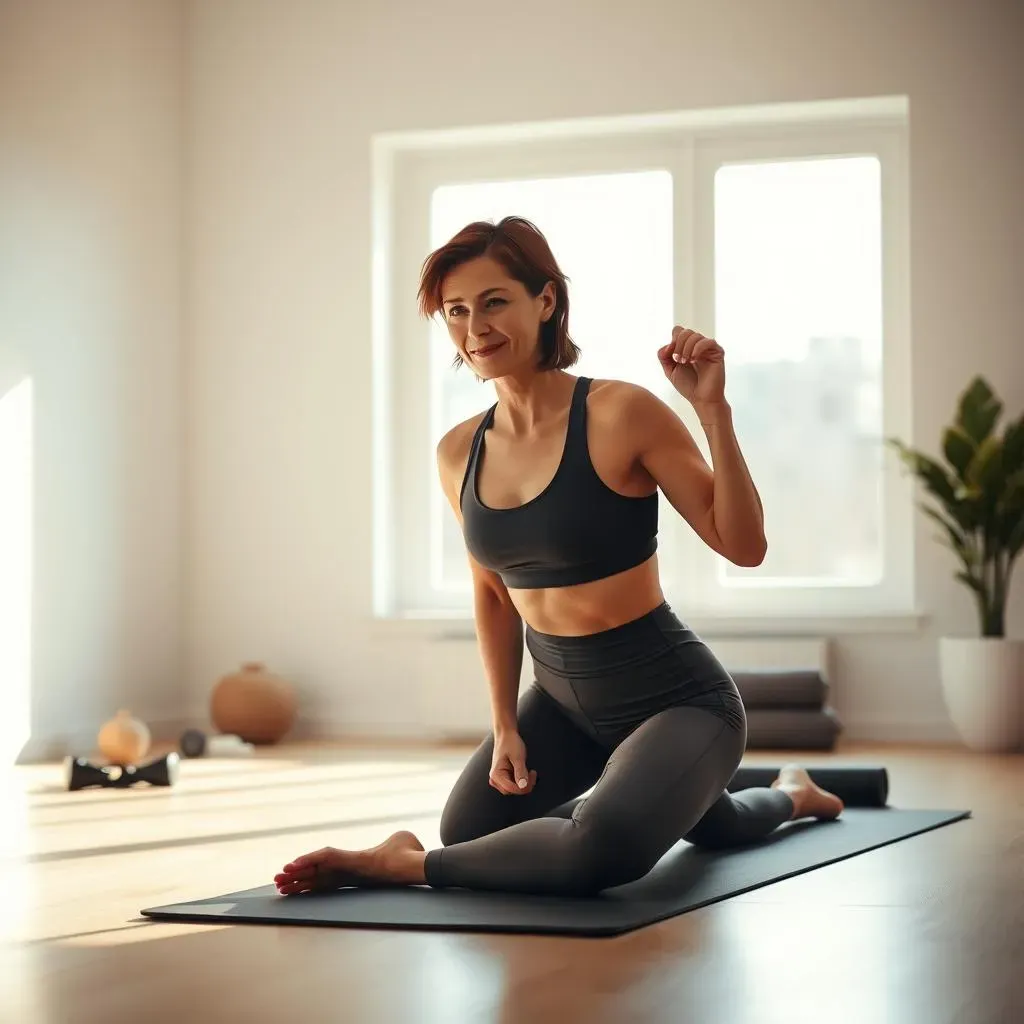Table of Contents
Let's be real. Finding time to hit the gym or a studio feels like a competitive sport these days. Between work, life, and that pile of laundry that keeps mocking you, fitting in a decent workout often falls to the bottom of the list. But what if you could get a solid, effective sweat session without leaving your living room? That's where a pilates at home workout comes in. Forget battling traffic or finding parking. This isn't about complicated machines or needing a dedicated exercise room. It's about using your own body weight and a bit of floor space to build serious strength, improve flexibility, and stand a little taller.
Why Try a Pilates at Home Workout?
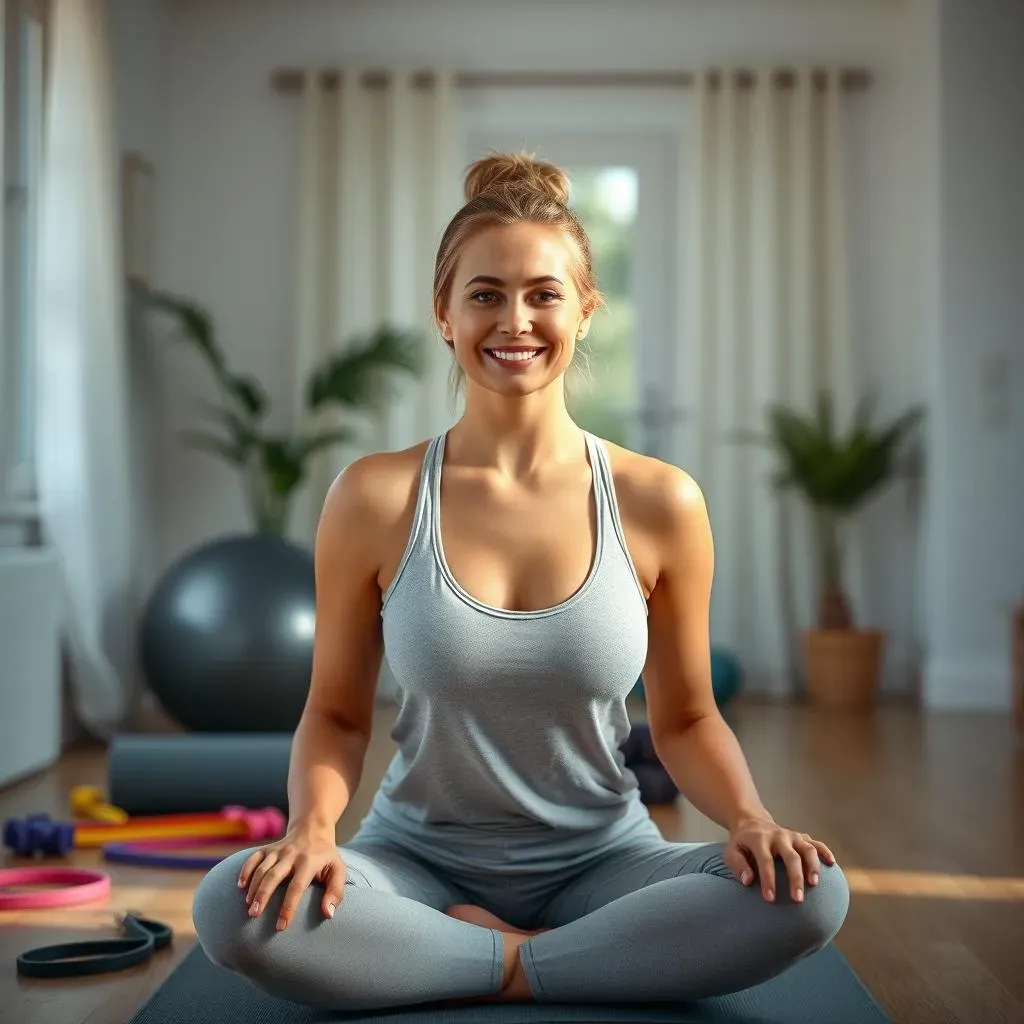
Why Try a Pilates at Home Workout?
Life moves fast, and sometimes getting to a dedicated Pilates studio feels like summiting Everest. That's precisely why a pilates at home workout makes so much sense for so many people. You ditch the commute, save some cash on studio fees, and can roll out your mat whenever you have a pocket of free time – 6 AM before the kids are up, during a lunch break, or even late at night. Beyond the sheer convenience, this approach delivers real results. We're talking about building a strong, stable core, improving your posture so you don't slouch like a question mark by 3 pm, increasing flexibility, and potentially easing those nagging lower back aches that seem to be a universal badge of modern life. It's a low-impact way to challenge your body and mind, focusing on controlled movements and breathing rather than pounding away on a treadmill or lifting heavy weights.
Your 20Minute Pilates at Home Workout Routine
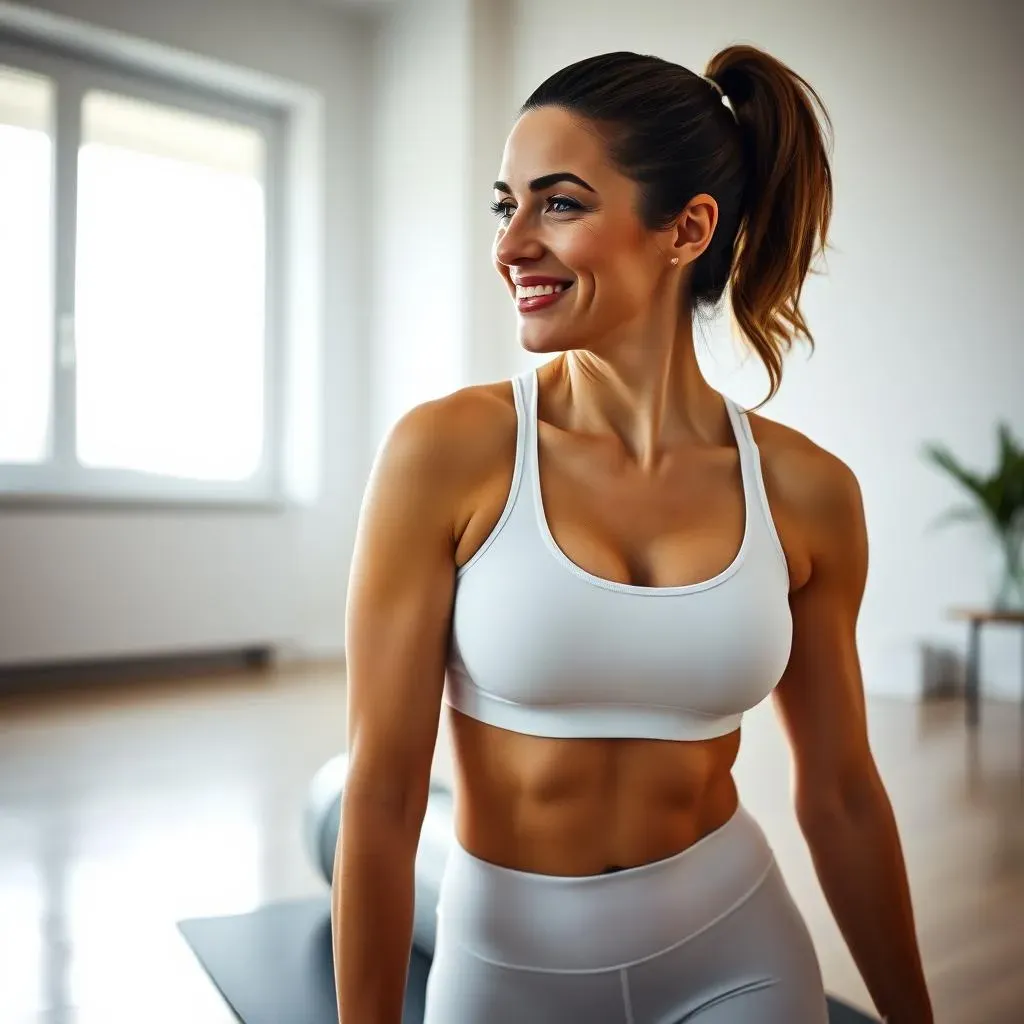
Your 20Minute Pilates at Home Workout Routine
Starting Strong: The Warm-Up and First Moves
Alright, let's get down to business. You've rolled out your mat (or towel, no judgment here), maybe shooed the cat out of the way, and you're ready for your pilates at home workout. We're aiming for efficiency here – 20 minutes, full body, no wasted motion. We'll start with a quick warm-up, nothing fancy, just getting the blood flowing. Think gentle neck rolls, shoulder circles, and maybe some easy spinal twists. Then, we dive right into the core work that Pilates is famous for. First up is the Half Roll-Down. Sit tall, knees bent, feet flat. Gently scoop your abs in and roll back just halfway, feeling each vertebra peel off the imaginary wall behind you. Hold, then slowly roll back up. Do about 8-10 of these. It’s harder than it looks, trust me. Next, flip onto your back for Glute Bridges. Lie down, knees bent, feet flat near your glutes. Lift your hips off the mat, squeezing your backside at the top. Keep your core engaged so you don't just arch your back. This fires up those glutes and hamstrings, crucial for lower body stability.
Building Heat: Sidekicks and Planks
Now that you're feeling a little warmer and your core is starting to wake up, it's time to challenge your stability and those often-neglected side muscles. We'll move into the Standing Side-Kick Series. Stand tall, maybe holding onto a chair or wall for balance if you need it – no shame in that. Keep your standing leg slightly bent and your core tight. Lift one leg straight out to the side, leading with the heel. Keep your hips stacked and avoid leaning too much. Pulse the leg up and down, then try small circles forward and backward. Do about 10-15 reps of each variation on one leg before switching sides. This series is fantastic for hip strength and balance, and you'll feel the burn, guaranteed. From there, transition into a Side Plank. Prop yourself up on one forearm, stacking your hips and feet. Lift your hips off the mat, creating a straight line from head to heels. Hold for 30 seconds, or as long as you can maintain good form, then switch sides. If a full side plank is too much, drop your bottom knee for support. The goal is controlled stability, not looking pretty while collapsing.
- Half Roll-Down: 8-10 reps, focus on controlled spinal flexion.
- Glute Bridge: 10-15 reps, squeeze glutes at the top, keep core engaged.
- Standing Side-Kick Series: 10-15 reps each variation (pulse, circles forward/back) per leg.
- Side Plank: Hold for 30 seconds (or max time with good form) per side.
The Finish Line: Lower Lifts, Criss-Cross, and Push-Ups
You're over the hump now, powering through your pilates at home workout. Let's target those lower abs and obliques. Lie on your back for Lower Lifts. Keep your legs straight (or slightly bent if your hamstrings are tight), feet together. Lower your legs slowly towards the mat, keeping your lower back pressed down. Only lower them as far as you can without your back arching. Slowly lift them back up using your lower abdominal muscles. Aim for 10-12 reps. It's tempting to just drop and swing, but resist! Control is everything here. Immediately follow this with Criss-Cross, the classic oblique shredder. Lie on your back, hands behind your head, elbows wide. Bring one knee towards your chest as you twist your opposite elbow towards that knee, lifting your shoulder blade off the mat. Alternate sides smoothly, like pedaling a bicycle. Do 15-20 reps on each side (so 30-40 total movements). Finish strong with Pilates Push-Ups. Start in a plank position. Lower your chest towards the mat, keeping your elbows close to your sides. Push back up with control. If full push-ups are too hard, drop to your knees. Focus on maintaining a straight line from head to knees/heels. Do 8-10 reps. This final sequence hits your entire core and upper body, leaving you feeling worked but not wiped out.
Making Your Pilates at Home Workout Count: Tips & Tricks
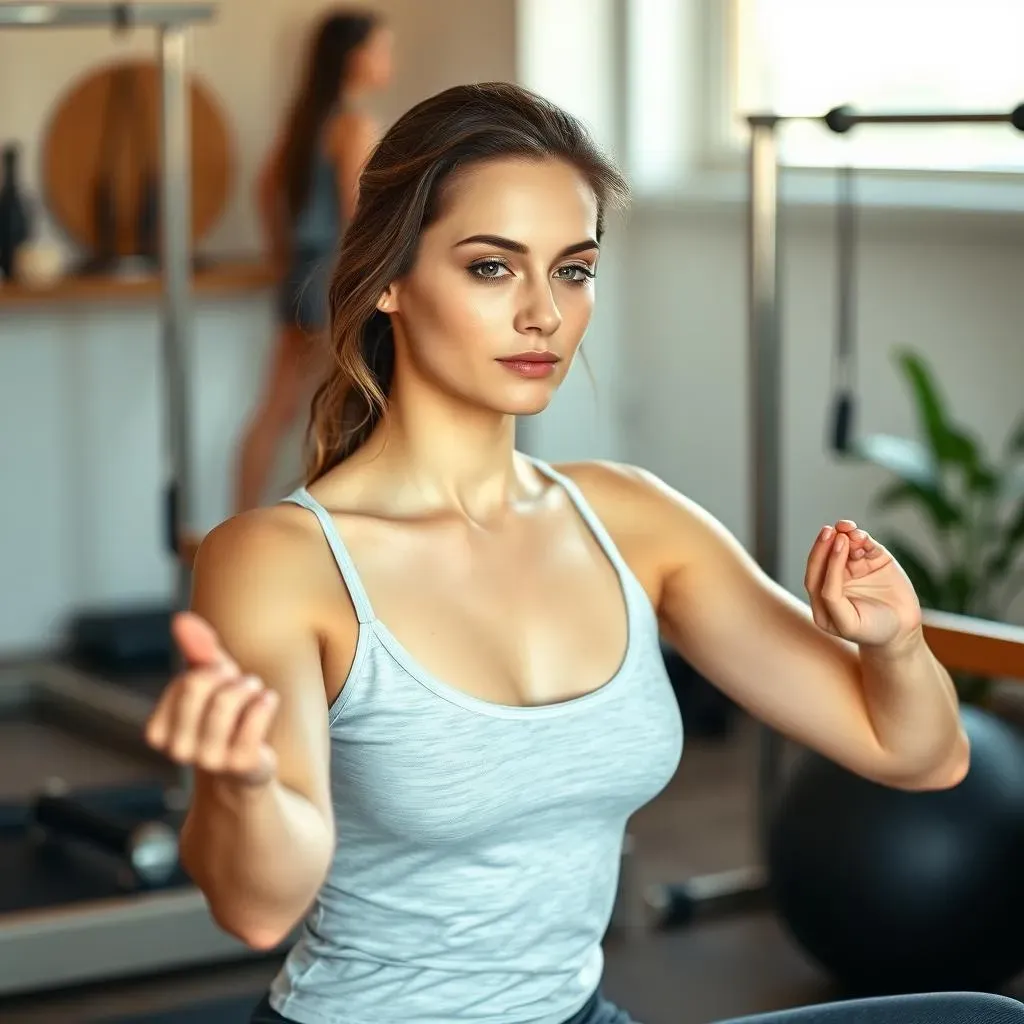
Making Your Pilates at Home Workout Count: Tips & Tricks
so you've got the basic routine down for your pilates at home workout. But just going through the motions won't get you the results. The real magic happens when you pay attention. First off, form is king. It's not about speed; it's about precision. Think about the muscles you're supposed to be working and actively engage them. If something feels off, stop. Listen to your body – it’s usually right. That little tweak in your back isn't just a suggestion to ignore it. Also, don't hold your breath! Pilates is all about controlled breathing, often inhaling on the preparation and exhaling during the effort. It helps stabilize your core and keeps you present in the movement. It sounds simple, but focusing on these things elevates the entire experience from just exercising to actually doing Pilates.
Ever feel like you're rushing through the moves just to get it done?
Gear Up: What You Need for Your Pilates at Home Workout
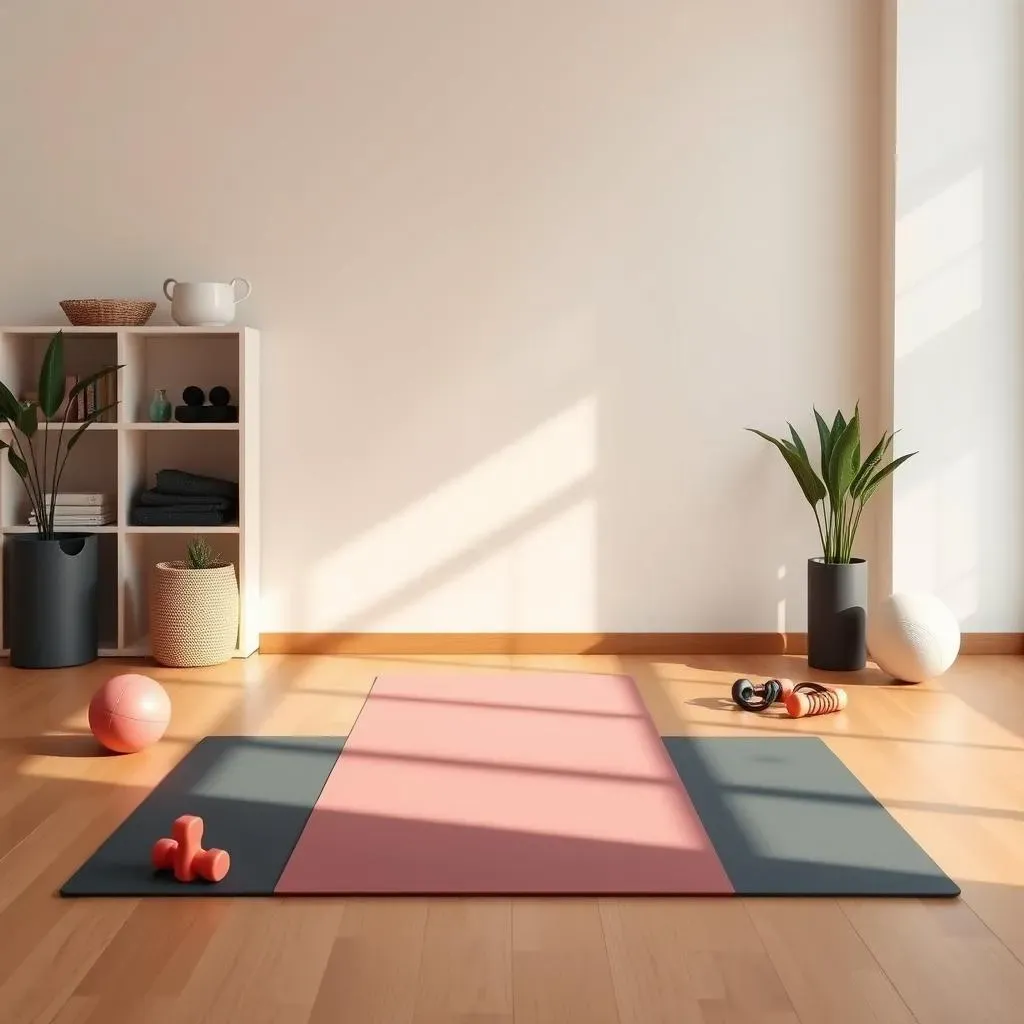
Gear Up: What You Need for Your Pilates at Home Workout
The Non-Negotiable: A Mat
let's talk gear. The beauty of a pilates at home workout is how little you actually need. You aren't signing up for a second mortgage to buy equipment. The absolute, must-have item? A mat. Not a fancy, $100, eco-friendly, unicorn-tear-infused mat (unless that's your jam, go for it). Just something with a bit of cushion to protect your spine and joints from hard floors. A thick yoga mat works perfectly. If you're really in a pinch, a folded blanket or a thick towel will do in a pinch, but your knees and tailbone will thank you for investing in some actual padding eventually. Think of it as the foundation for your practice; you need something stable and comfortable to perform those controlled movements without bruising yourself.
Nice-to-Haves, Not Must-Haves
Beyond the mat, most beginner or intermediate pilates at home workouts require zero extra equipment. Seriously. Joseph Pilates developed many of his original exercises on a mat using just body weight. However, if you want to spice things up or add a little extra challenge, a few small, relatively inexpensive items can be useful down the road. A resistance band can add intensity to leg and arm work. A small, soft ball (like a Pilates ball or even a firm kid's ball) can help with core stabilization and inner thigh exercises. Light hand weights (1-3 lbs) or even cans of soup can sometimes be incorporated for arm sequences, though this is less common in pure mat Pilates. But don't feel pressured to buy any of this stuff right away. Master the basic movements first.
- Resistance band: Adds challenge to limbs.
- Small soft ball: Aids core stability, targets inner thighs.
- Light weights (1-3 lbs): Optional for some arm work (or use soup cans).
- Ankle weights: For increased leg challenge (use with caution).
Keep It Simple, Seriously
The point here is not to build a home gym. The whole appeal of a pilates at home workout is its accessibility. You don't need a reformer, a Cadillac, or any of those intimidating contraptions you see in studios. You need space roughly the size of your mat and enough room to extend your limbs. Your own body provides the resistance. Your own focus provides the control. So, don't get hung up on gear. If you have a mat, you have everything you need to get started with a solid 20-minute routine. Everything else is just extra credit once you're hooked.
Sticking with Your Pilates at Home Workout
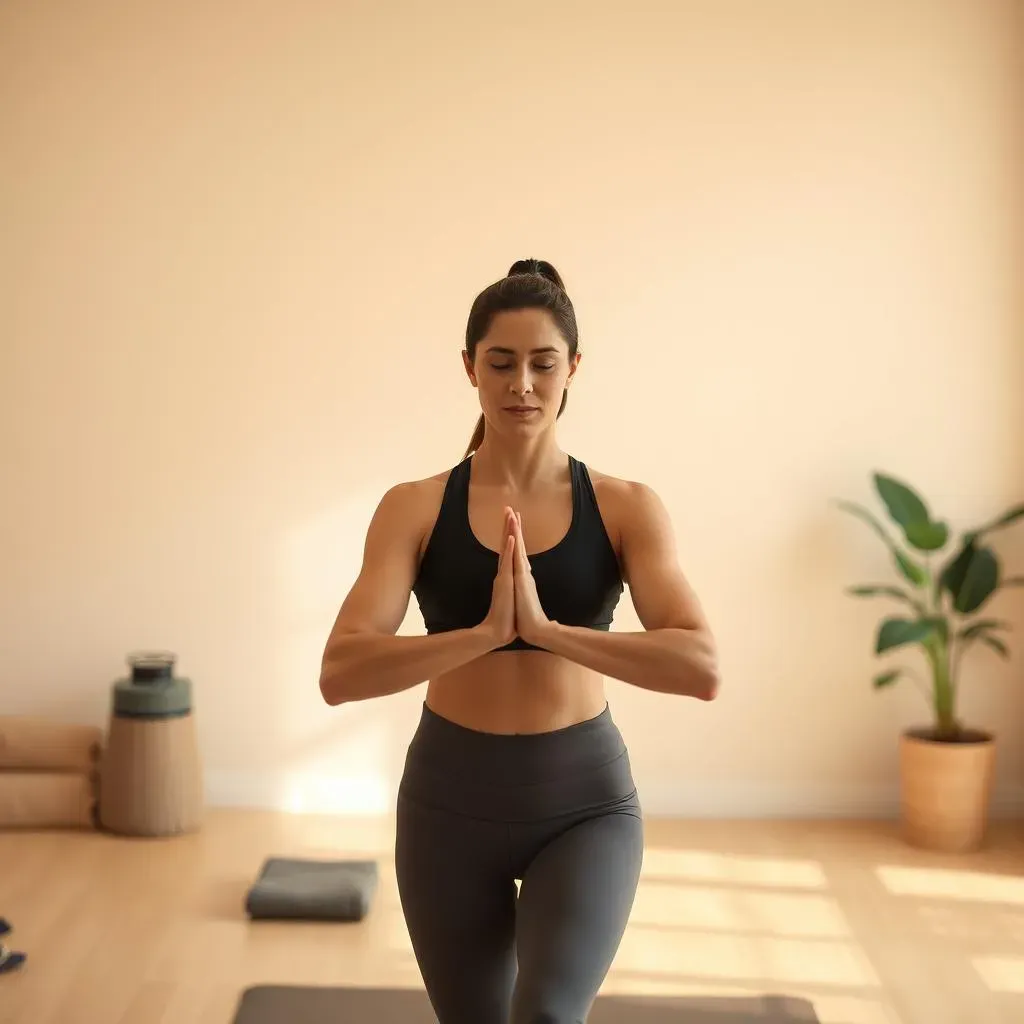
Sticking with Your Pilates at Home Workout
Making it a Non-Negotiable Part of Your Day
you've done the 20 minutes. You feel pretty good, maybe a little shaky, definitely virtuous. The real trick with any pilates at home workout isn't doing it once; it's doing it consistently. Life has a way of throwing curveballs – sudden meetings, sick kids, or just the overwhelming urge to binge-watch that new show. If you treat your workout as optional, something you'll "get to if there's time," it's never going to happen. You have to schedule it like you would a doctor's appointment or picking up your kid from school. Put it in your calendar. Block out the time. Tell someone you're doing it for accountability. Maybe you’re a morning person and can knock it out before the chaos starts, or maybe a midday break works best. Figure out when you have a reliable 20-minute window and claim it. Treat that mat like sacred ground during that time. It sounds rigid, but consistency builds results, and results build motivation. It's a feedback loop.
Keeping the Spark Alive (Without the Cringe)
Doing the same 20-minute pilates at home workout routine day after day can get... well, boring. Let's not pretend otherwise. Boredom is the enemy of consistency. Once you've mastered this basic flow, look for variations. The beauty of mat Pilates is the sheer number of exercises out there. Search for new routines online – many excellent instructors offer free videos with different focuses (like core, glutes, or flexibility). Maybe one day you add in a few extra reps of the exercises you find most challenging, or try a slightly more advanced version of a move you feel comfortable with. Track your progress too. Can you hold that side plank a little longer? Do the lower lifts with straighter legs? Noticing these small victories keeps things interesting and proves you're actually getting stronger. Don't feel like you need a whole community cheering you on, but maybe tell a friend what you're doing. Misery loves company, or in this case, progress loves shared experience.
- Schedule your workout like an appointment.
- Find new free videos or routines to add variety.
- Track small progress markers (hold times, reps, form).
- Consider telling a friend or family member for accountability.
- Remind yourself *why* you started this pilates at home workout journey.
Your Pilates at Home Journey Starts Now
So, there you have it. A full-body pilates at home workout packed into just 20 minutes. No excuses about gym memberships or fancy equipment needed. We've gone through the moves, shared some pointers to keep your form honest, and talked about making it stick. It’s not magic; it's consistent effort. Adding this routine to your week, even just a couple of times, can seriously shift how you feel – stronger core, less stiffness, maybe even standing a little taller. Stop overthinking it. Roll out that mat or towel, give these movements a shot, and see what 20 minutes of focused work can do. The only person stopping you from feeling better in your own skin is, well, you.
